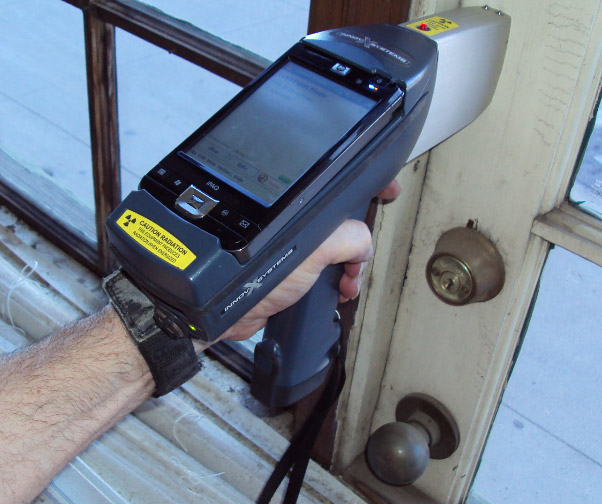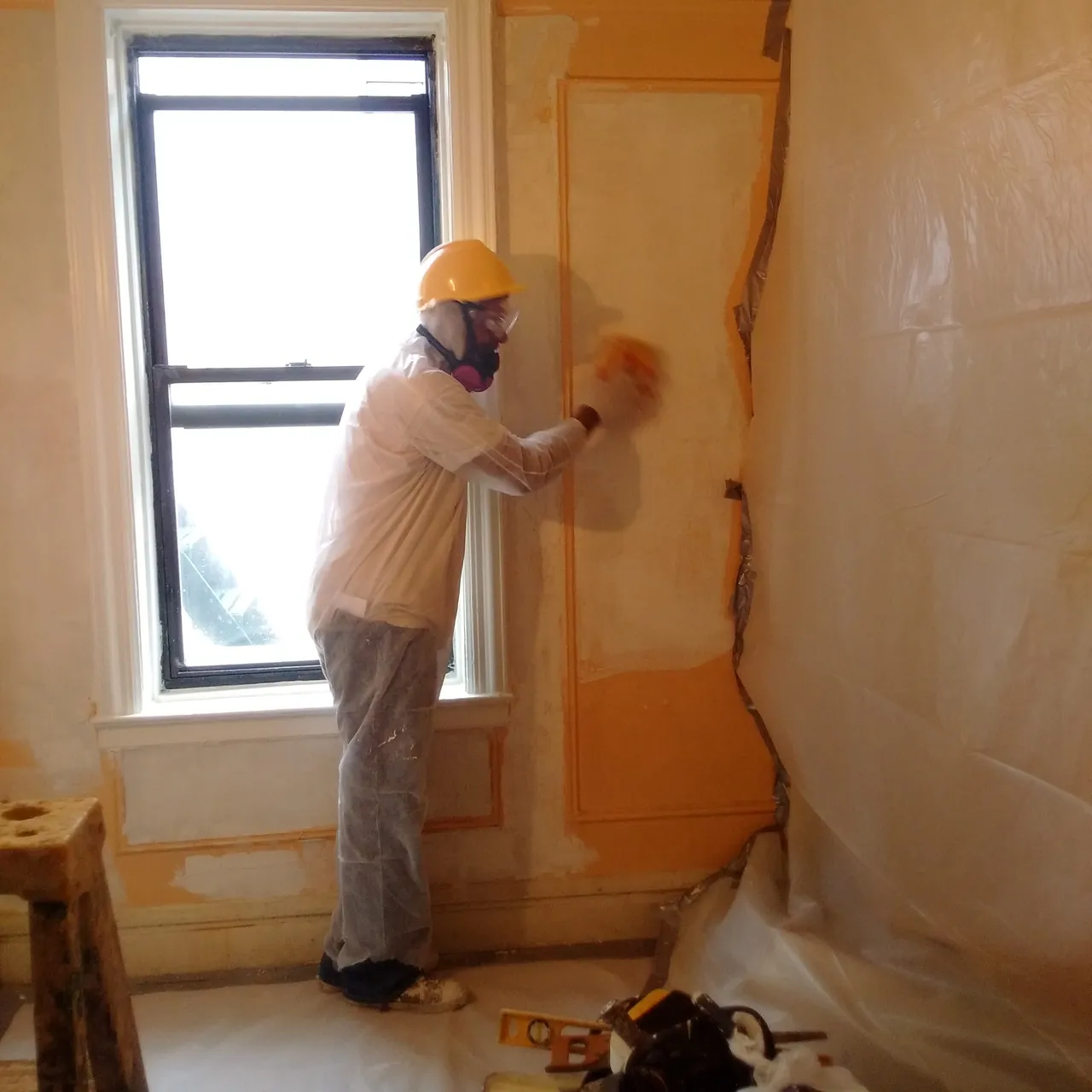Ideal Practices for Guaranteeing Safe and Detailed Lead Infraction Reduction
Addressing lead violation reduction needs a multi-faceted method to make certain both safety and security and conformity. It's the last clearance procedure, including complete assessments and lab testing, that really confirms a lead-free environment, ensuring lasting safety. How do these techniques adjoin to ensure extensive lead abatement?

Preliminary Assessment
Performing a preliminary assessment is an essential initial step in lead violation reduction. This phase incorporates an in-depth assessment of the home to identify the visibility, extent, and details areas of lead-based dangers. Qualified specialists, such as certified lead assessors or run the risk of assessors, need to carry out a comprehensive website inspection, using tools like X-ray fluorescence (XRF) analyzers to precisely spot and gauge lead concentrations in paint, dirt, dirt, and water.
The evaluation has to also consist of a review of the building's background, previous reports, and any type of grievances or wellness issues reported by passengers - Lead Removal Contractors. Recording the findings thoroughly is essential, as these records create the basis for developing an efficient abatement method. An extensive analysis also involves tasting and research laboratory analysis, which are vital to validate the visibility of lead and guide subsequent activities
Additionally, it is imperative to communicate the results transparently to all stakeholders, consisting of homeowner, renters, and regulative authorities. By making certain that the first assessment is conducted with accuracy and roughness, specialists can lay a strong structure for a targeted and reliable lead reduction procedure, inevitably guarding public health and ensuring compliance with regulatory requirements.
Appropriate Containment
Proper containment is critical to prevent the spread of lead contaminants throughout reduction activities. Effectively taking care of control reduces the risk of lead dust and debris moving to non-work areas, thereby guarding both the atmosphere and individuals outside the prompt work area.

Routine inspections of the control area are essential to inspect for violations or weaknesses in the obstacle. Any type of recognized problems should be quickly resolved to preserve the honesty of the containment. By sticking to these practices, abatement tasks can efficiently regulate lead contamination and reduce affiliated health threats.
Worker Security
Making certain worker security is paramount during lead reduction projects to stop job-related exposure to harmful lead bits. Vital measures include making use of individual protective tools (PPE) such as respirators, gloves, and full-body suits specifically made to block lead dust and fumes. Employees should go through thorough training on the correct use and upkeep of PPE, including in shape screening for respirators to ensure optimum effectiveness.
Engineering controls, such as local exhaust air flow systems, are critical in reducing air-borne lead focus in the workplace. Administrative controls need to also be implemented, consisting Get More Info of restricting the period of exposure and rotating workers to reduce individual exposure times. Regular clinical surveillance and organic surveillance are important for early detection of lead absorption, enabling prompt intervention and therapy.
In addition, developing a purification procedure is essential. Employees need to adhere to strict purification procedures prior to breaks and at the end of their shift to prevent lead dust from being lugged outside the workplace. This includes detailed hand and face washing with lead-specific cleansing agents and changing out of polluted garments.
Meticulous Cleaning
Keeping a secure workplace prolongs past employee defense and incorporates meticulous clean-up to guarantee lead bits are completely gotten rid of from the site. The procedure of precise clean-up is vital in protecting against the recontamination of the abated area and protecting both current and future residents.
To attain a comprehensive cleanup, all workplace should be systematically sanitized. This involves the use of specialized HEPA (High-Efficiency Particulate Air) vacuum and wet-wiping strategies to catch and remove great lead dust that might have chosen surface areas. It is essential to cleanse all horizontal surfaces, including floorings, window sills, and counter tops, in addition to vertical surfaces that might have trapped lead fragments.
Employees must wear appropriate personal safety tools (PPE) description during cleanup to stay clear of direct exposure to residual lead dust. Used cleansing materials such as wipes, sponges, and mop heads must be disposed of based on contaminated materials disposal regulations.

Final Clearance
Last clearance is the essential ending phase of lead abatement that determines whether the site is risk-free for reoccupation. This important step entails extensive inspection and testing to confirm that all lead dangers have been successfully removed. The procedure begins with an aesthetic assessment by a licensed lead-based paint examiner or risk assessor to make sure no noticeable dust or particles stays. This is followed by gathering dust clean samples from different surface areas, consisting of floors, windowsills, and other straight surfaces. Lead Removal Contractors.

Last clearance testing not just shields future residents yet also makes certain conformity with local, state, and federal regulations. Furthermore, it functions as a recorded recognition of the abatement contractor's adherence to market best practices. Guaranteeing an extensive and successful last clearance is important in securing public health and cultivating count on in the abatement procedure.
Verdict
Ensuring risk-free and extensive lead violation reduction necessitates a multifaceted strategy including initial assessments with sophisticated detection visit this website techniques, effective containment methods, rigorous employee defense procedures, and precise clean-up treatments. The final clearance phase, including comprehensive evaluations and research laboratory testing, is important to confirm conformity with EPA standards. Adherence to these ideal techniques ensures a safe environment for residents, mitigates health and wellness risks, and promotes regulative needs, thus promoting public health and wellness and safety in lead-affected areas.